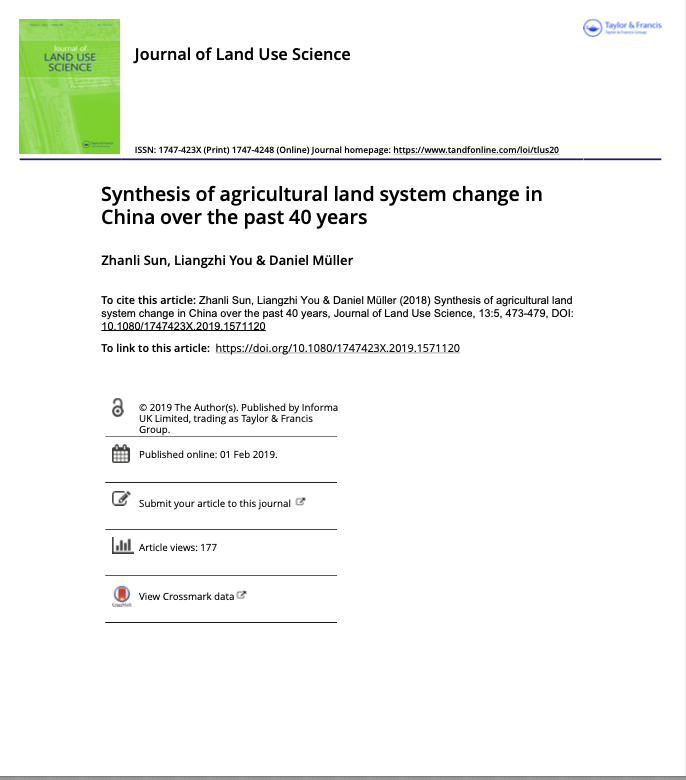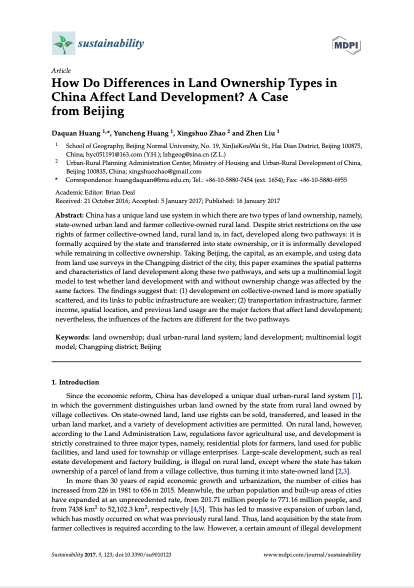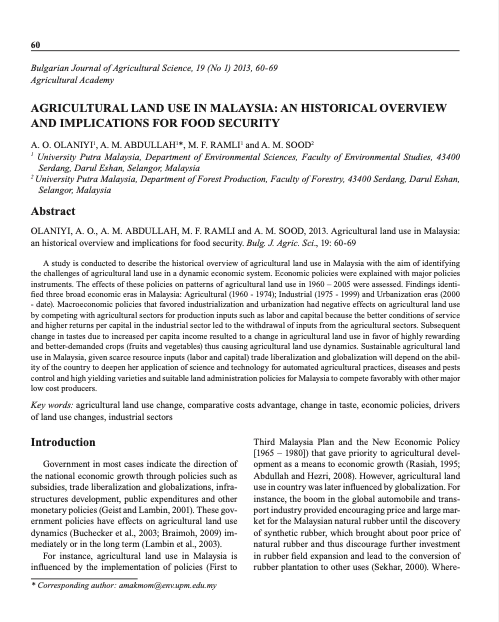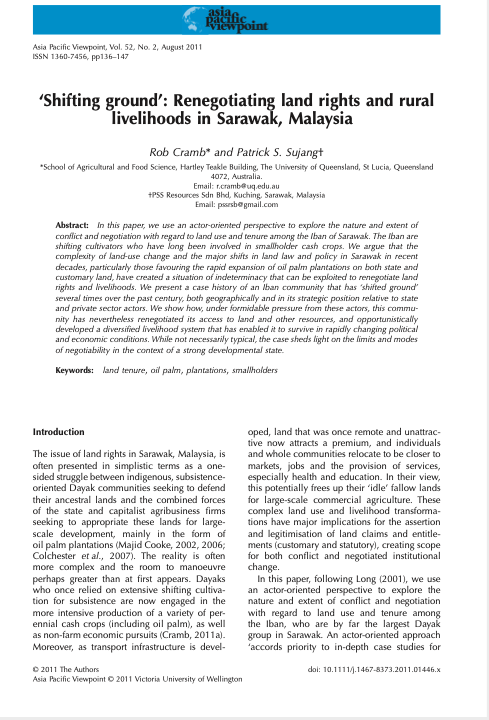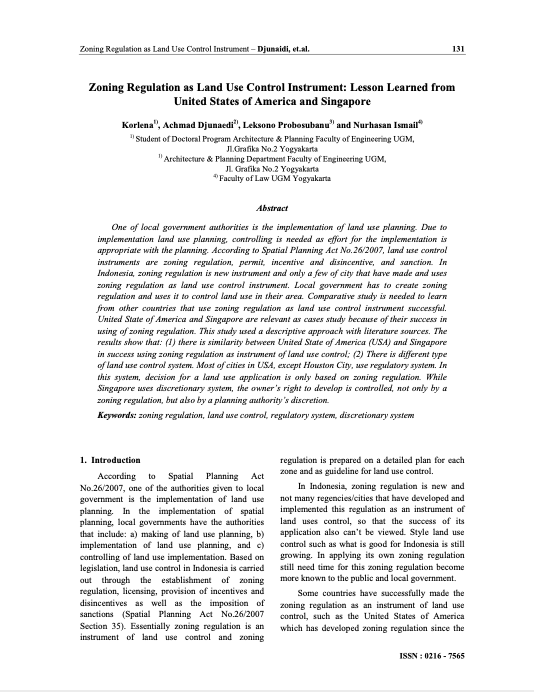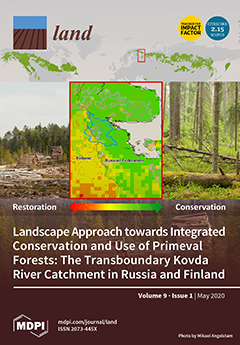Encouraging better land use practices among agricultural businesses in Laos
For more than a decade, the government of Lao PDR has promoted commercial uses of agricultural land by private investors. While investment in land has enormous potential to promote Laos’ economic development, benefits have been unevenly distributed across society. Some business practices affecting land use have also been associated with displacement, environmental degradation and land disputes.

